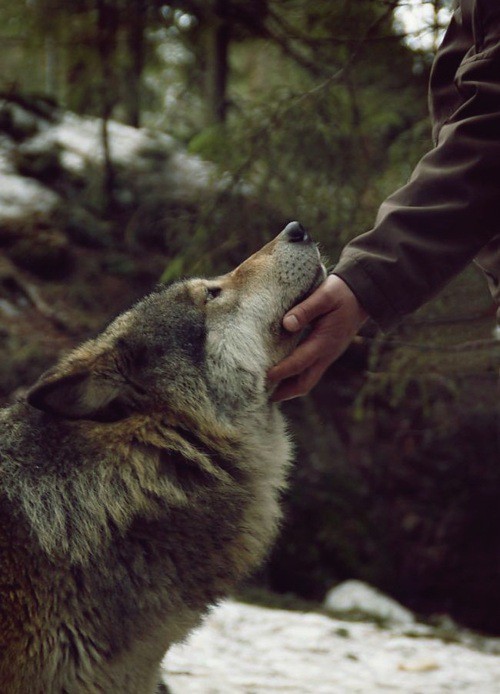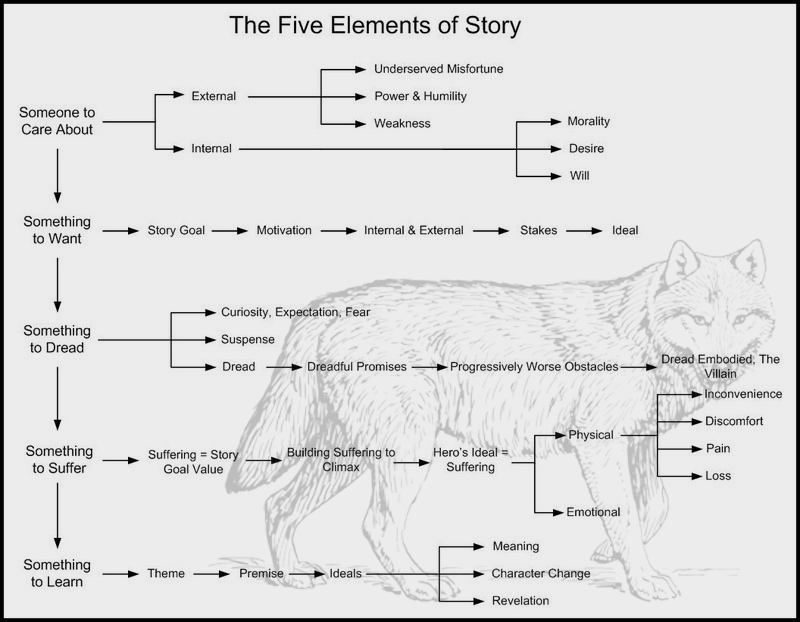Wolves, Plots & Writing
Welcome to English 220: Writing Fiction! This is a three-month course, worth two full English college credits; here's your syllabus.
Juuust kidding! Fast-forward, rewind, play.
Welcome to "Wolves, Plots, & Writing," an extension of RoW's roleplaying guide; a basic 4-element guide for characters (who they are and what they do), plots (making characters do and think things things), and everything else in-between, including exclusive Relic Lore-specific information.
Writing is what we do here on RoW and, heck, we’re darn proud of it! It’s stress-relief, fun, and a social event all-in-one. The thing is, when a player starts out here in Relic Lore, their character - created or adopted - does too (with the exception of RoW’s site-born litters, but sometimes even they need a place to start!). So, without further ado, onto the writing tips and how to get in touch with your inner writer!
Also, just in case you're here because of the very much dreaded Writer's Block (dun dun DUN!), please skim through his article (in case you're able to pinpoint why your character "feels stuck") before checking out how to deal with it and check out further resources.






 Ground Yourself — Establish space and time. This doesn't have to be particularly specific (usually time of day and weather conditions are enough to begin with) but it helps with laying out the thread setting.
Ground Yourself — Establish space and time. This doesn't have to be particularly specific (usually time of day and weather conditions are enough to begin with) but it helps with laying out the thread setting.




